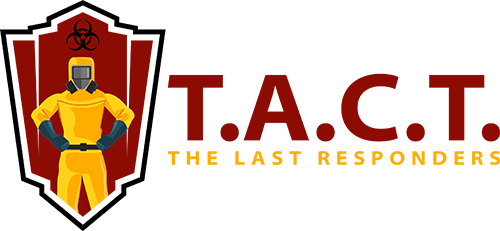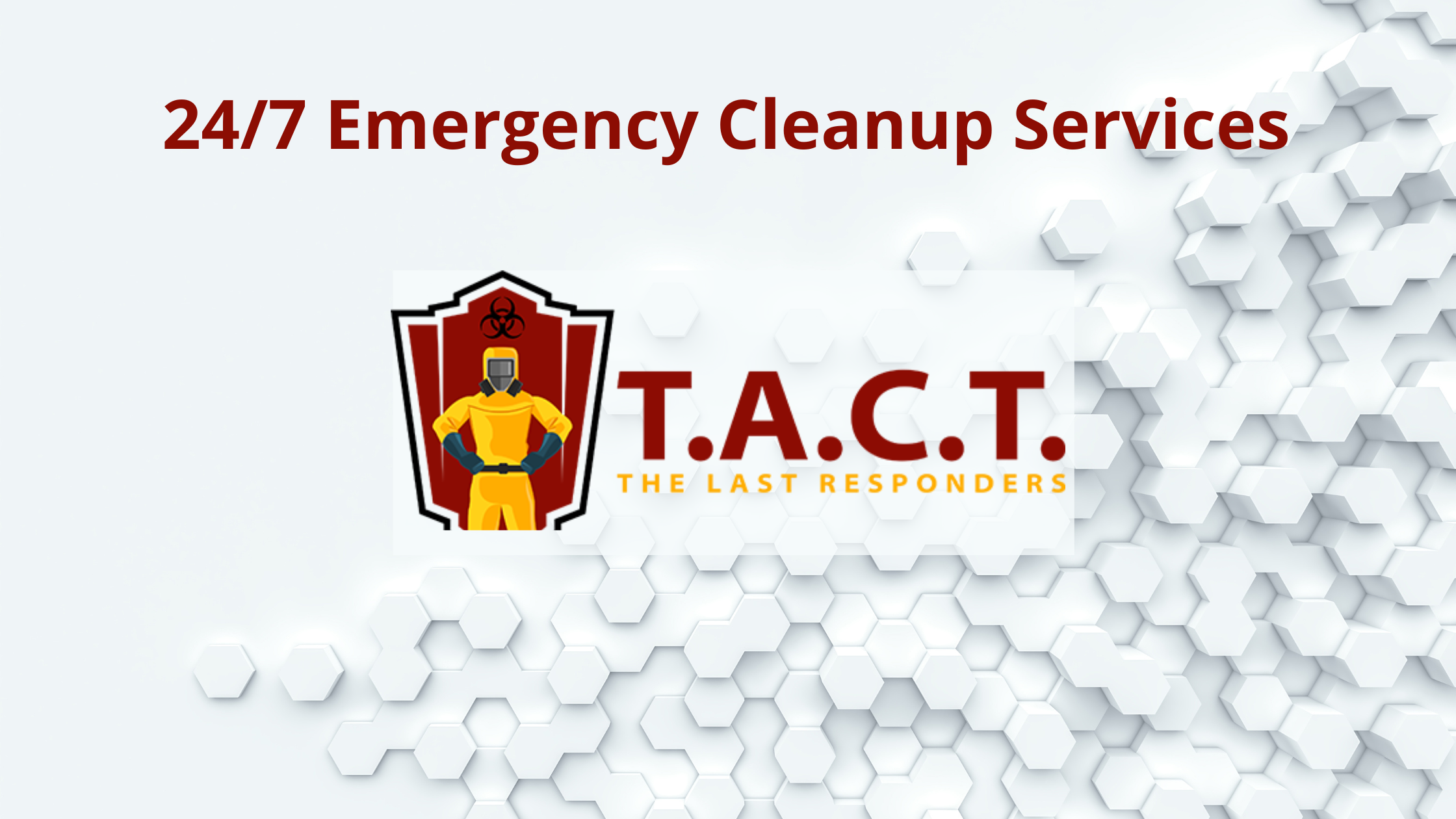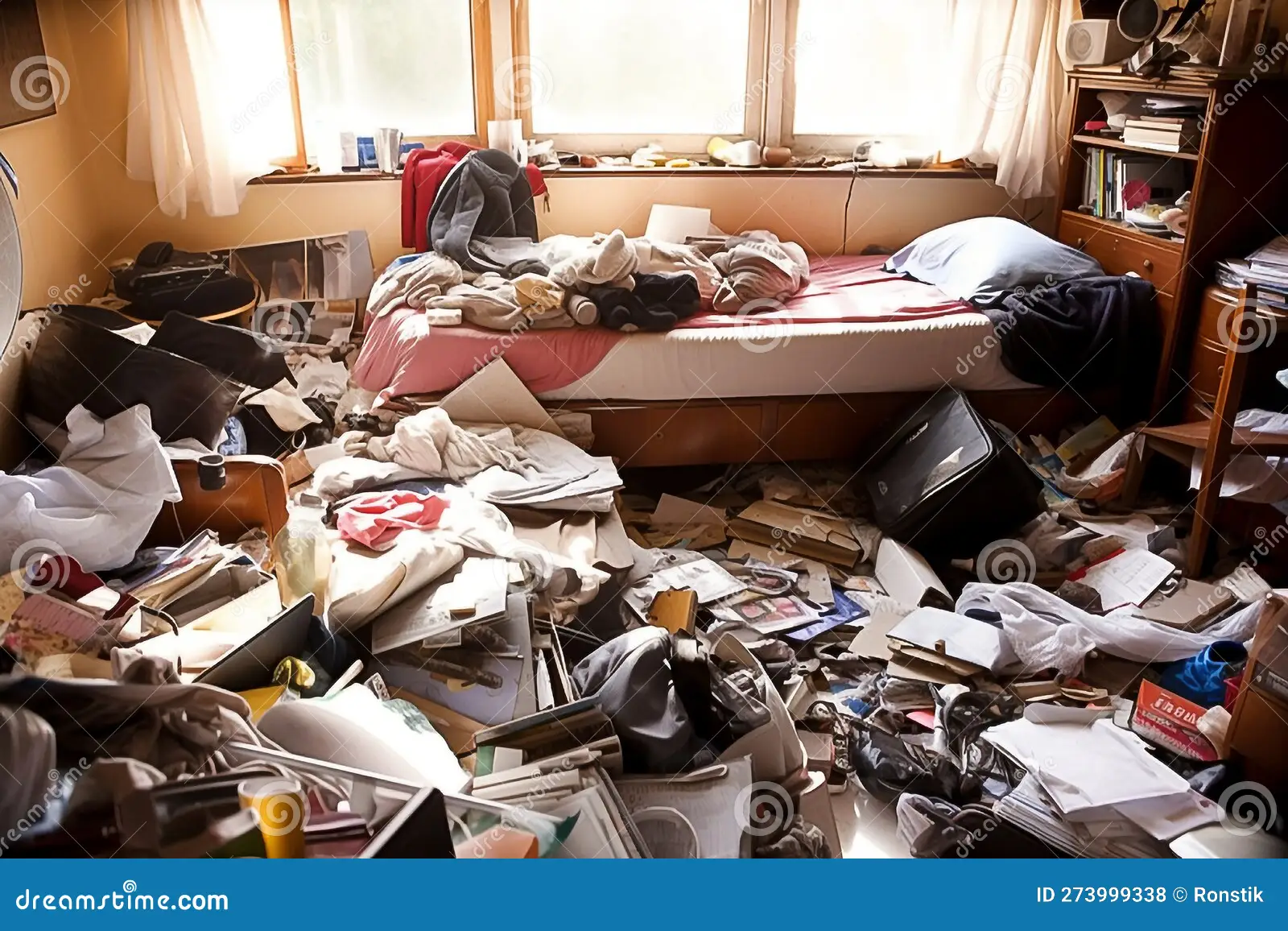When hoarding cleanup becomes necessary, the cost can be overwhelming—especially since most insurance policies will not cover it. But families do have options. Below is a breakdown of potential funding sources, with an emphasis on nonprofit and charitable support.
1. Personal & Family Resources
Savings – Pull from personal or emergency funds if available.
Family Contributions – Multiple relatives chipping in can spread the cost.
Friends & Community – Sometimes, a small private fundraiser among close contacts is enough to get the project started.
2. Community & Government Assistance
Local Social Services – In cases where the home is unsafe, some counties provide hardship grants or cleaning help.
Senior & Disability Support – Programs like Adult Protective Services or local aging agencies may intervene for health and safety reasons.
Veteran Benefits – The VA sometimes provides funding for veterans when living conditions threaten their health.
3. Crowdfunding & Fundraising
GoFundMe, GiveSendGo, or Facebook Fundraisers – Share the situation (respectfully, with permission) to rally community donations.
Churches & Faith-Based Groups – Often willing to fundraise, donate, or provide volunteer labor for members in need.
4. Payment Options & Creative Financing
Payment Plans – Many cleanup companies, including T.A.C.T., can spread the cost into manageable installments.
Credit Cards or Home Equity Lines – May be an option for those with available credit, but should be used carefully.
Phased Cleanup – Focus on the most dangerous or urgent areas first, then address the rest as funds allow.
5. Asset Liquidation
Sell Valuables – Items found during cleanup can sometimes offset costs.
Yard or Estate Sale – Plan for after initial decontamination so items are safe to handle.
6. Nonprofit Assistance
Many nonprofit organizations understand that unsafe living conditions caused by hoarding can threaten health, safety, and housing stability. They may offer financial help, volunteers, or partnerships for cleanup projects.
Here are some examples:
A. Mental Health & Crisis Nonprofits
National Alliance on Mental Illness (NAMI) – Can connect families to local support groups and sometimes grant programs.
Mental Health America (MHA) – Certain chapters have emergency funding for safe housing initiatives.
B. Housing & Homelessness Prevention Nonprofits
Habitat for Humanity – Some local branches assist with repairs and safety cleanouts for qualifying families.
United Way – Offers 2-1-1 helpline to connect residents with financial assistance for housing safety issues.
C. Senior & Disability Support Charities
Meals on Wheels & Area Agencies on Aging – Can refer seniors to funded cleanup services.
Disability Rights Organizations – May provide resources if unsafe conditions are preventing independence.
D. Faith-Based & Community Outreach Groups
Salvation Army, Catholic Charities, Jewish Family Services – Frequently step in for extreme cleanup needs when health is at risk.
Local churches, mosques, or synagogues may organize volunteer cleanup crews or fundraise directly.
T.A.C.T.’s Tip
When reaching out to nonprofits, be specific about the dangers—mention risks like biohazards, trip hazards, fire danger, or eviction threats. The clearer the safety issue, the more likely organizations are to step in.



